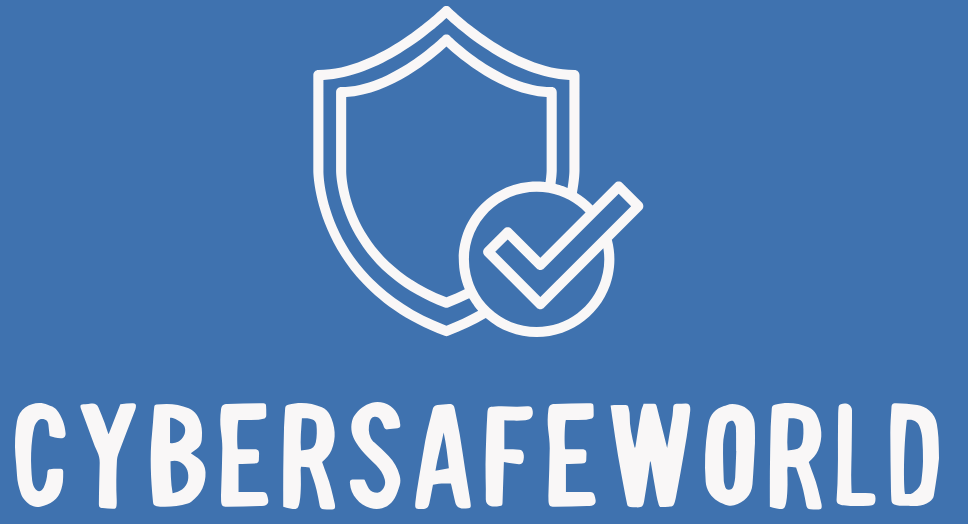You’ve probably heard the words “virus” or “malware” before, but most people don’t really think about them until something goes wrong. Maybe your laptop starts running slower, random ads pop up, or your phone battery dies unusually fast. Those could all be signs that malicious software has snuck its way onto your device.
Malware (short for “malicious software”) is any program designed to harm your computer, steal your data, or spy on your activity. Viruses are just one type of malware — others include ransomware, spyware, trojans, and worms. Basically, if it’s bad news for your device, it falls under the malware family.
Real-world example: In 2021, a ransomware attack called WannaCry infected over 200,000 computers across 150 countries, locking people out of their files and demanding payment to unlock them. Hospitals, schools, and small businesses were hit hard — all because their systems weren’t updated.
The truth is, you don’t have to be a hacker’s main target to become a victim. Everyday users are often easier to attack simply because they forget to take a few precautions. The good news? Keeping your devices safe doesn’t have to be complicated.
Here are some practical tips to protect your phone, laptop, or tablet from viruses and malware:
1. Keep your software updated.
Updates aren’t just for new features — they fix security holes that hackers exploit. Make it a habit to update your operating system, apps, and browser regularly. Turn on automatic updates whenever possible.
2. Install trusted antivirus or security software.
A good antivirus program acts like a shield that detects and removes malicious files. Some great options include Bitdefender, Norton, or Malwarebytes. Even free versions can offer strong protection if kept up to date.
3. Be careful what you download.
Hackers often disguise malware as free games, “system cleaners,” or software cracks. Only download apps from official stores like Google Play or the Apple App Store, and check reviews before installing.
4. Watch out for suspicious links and attachments.
A common way malware spreads is through phishing emails or messages with infected attachments. If a file or link seems off, don’t click it — even if it appears to come from someone you know.
5. Use a firewall.
Most devices have built-in firewalls that block unauthorized access. Make sure yours is turned on — it’s like having a digital security guard.
6. Avoid using outdated or pirated software.
Older or illegally downloaded programs often lack updates or come preloaded with hidden malware. Saving a few dollars upfront can cost you much more later.
7. Backup your data regularly.
Even with all precautions, accidents can happen. Regularly backing up your data to an external drive or cloud service ensures you don’t lose everything if your device gets infected.
According to a report by Cybersecurity Ventures, the global cost of cybercrime is expected to hit $10.5 trillion annually by 2025 — and malware plays a huge role in that. But most infections can be prevented with awareness and a few simple habits.
At CyberSafeWorld, we believe security doesn’t have to be intimidating — it just takes consistency. Keeping your devices clean, updated, and protected gives you peace of mind and keeps your digital life running smoothly.
Remember: prevention is always easier than recovery. Treat your devices like you treat your health — regular checkups keep everything strong and secure.
